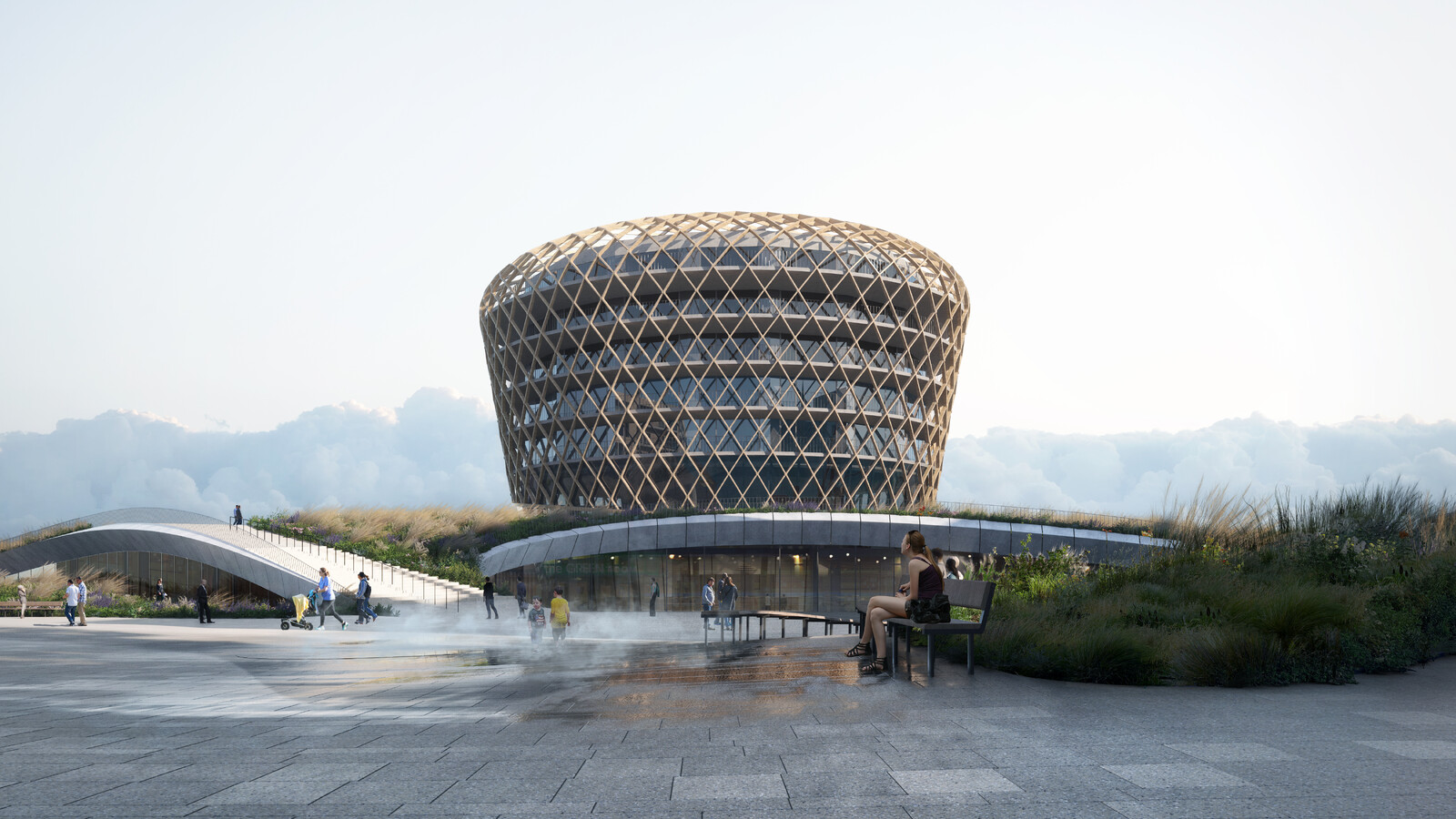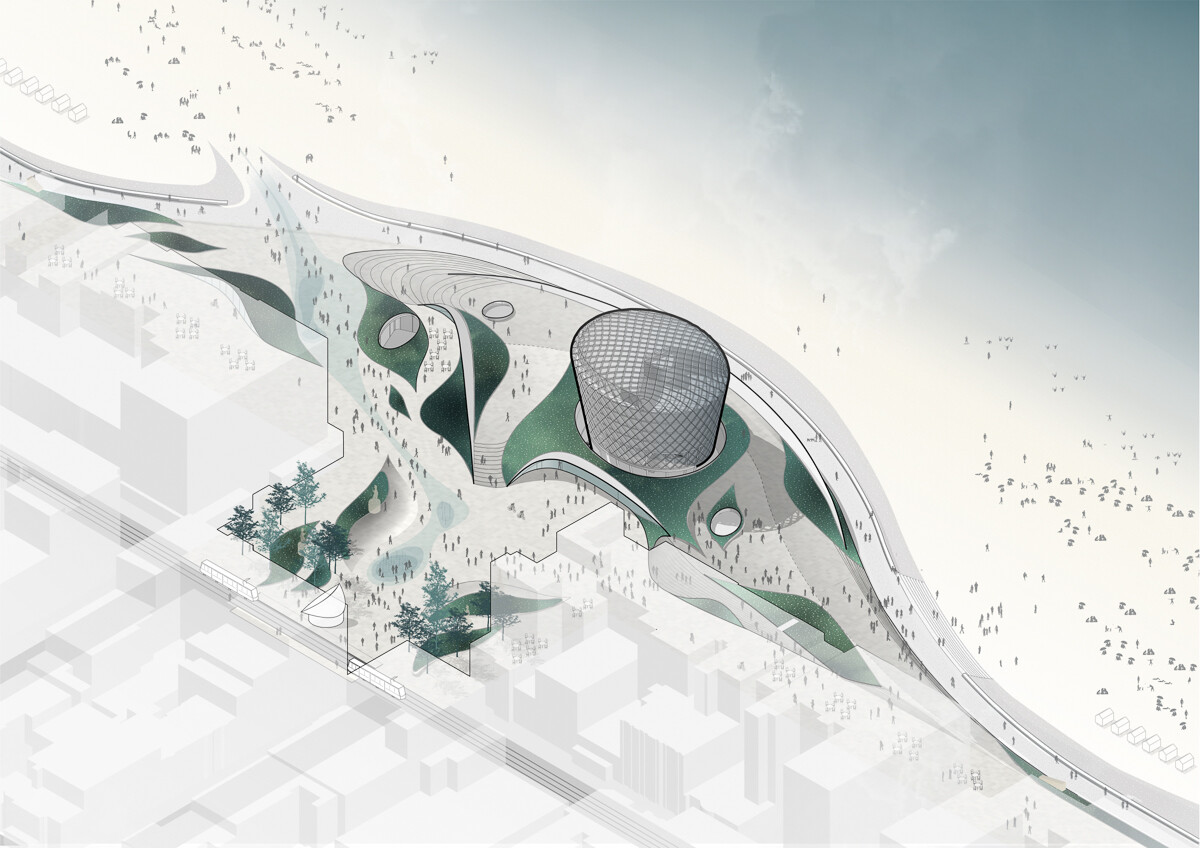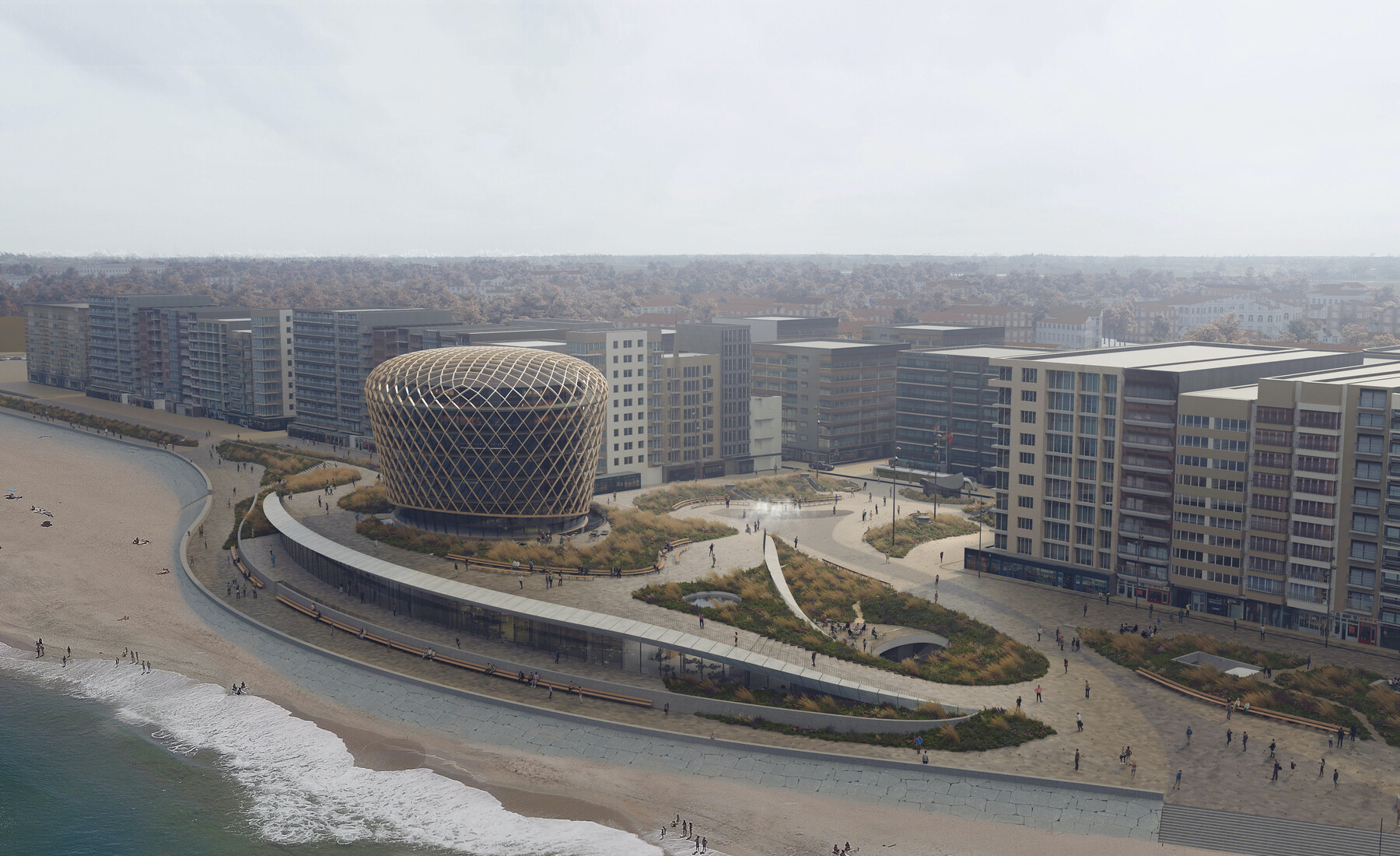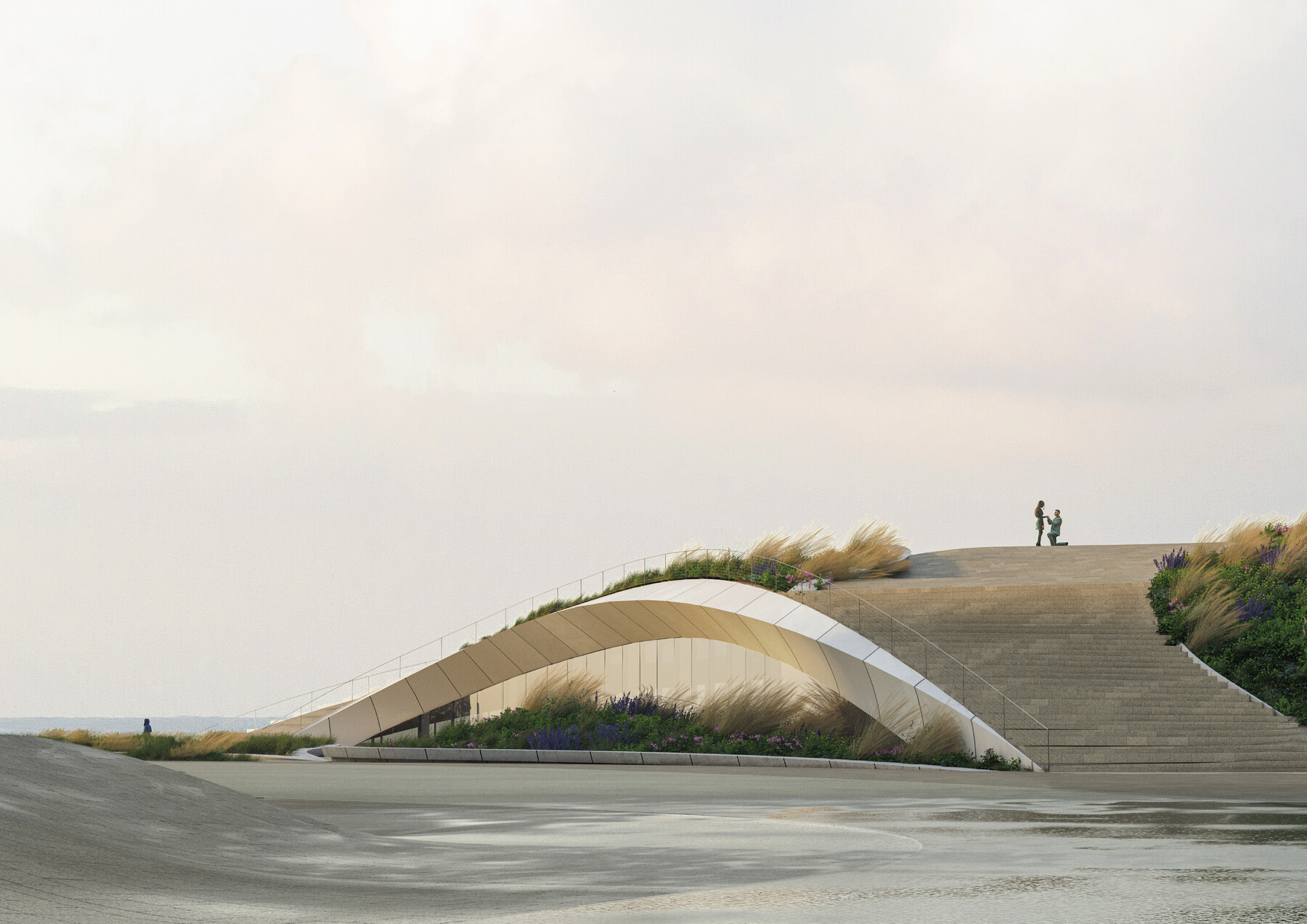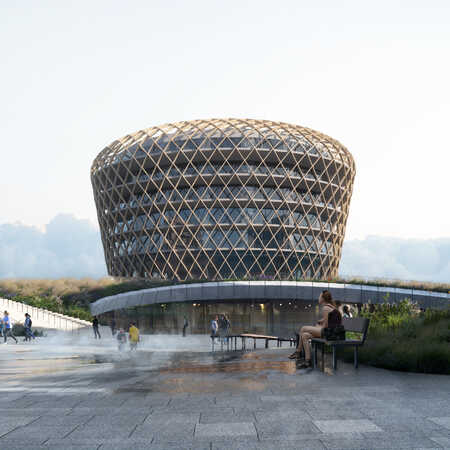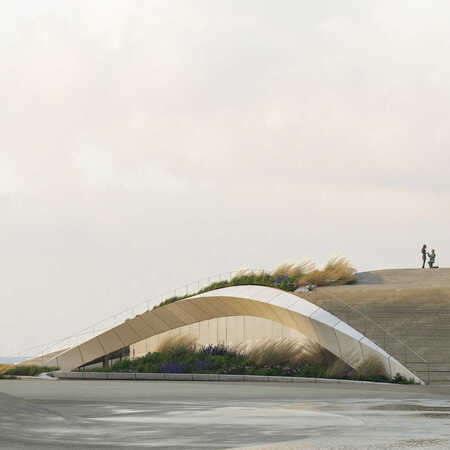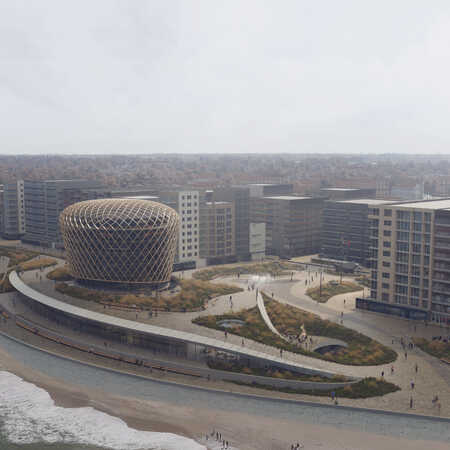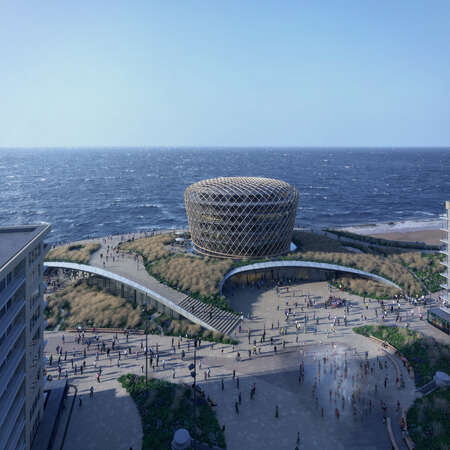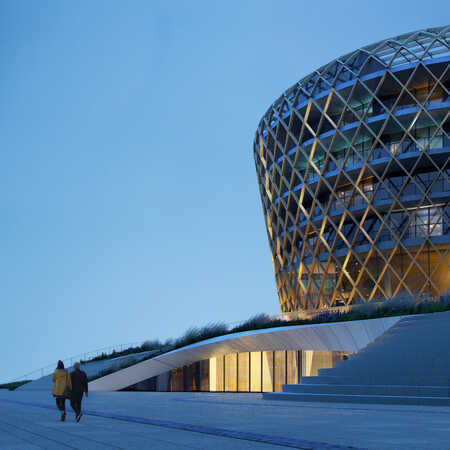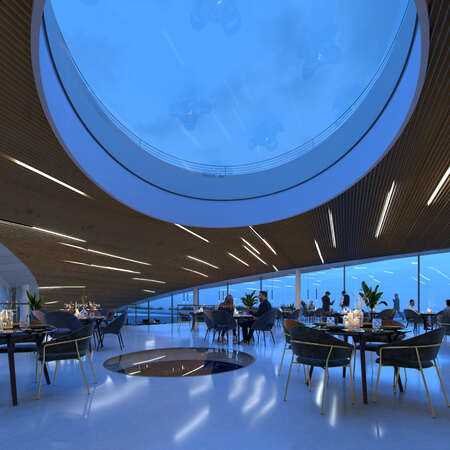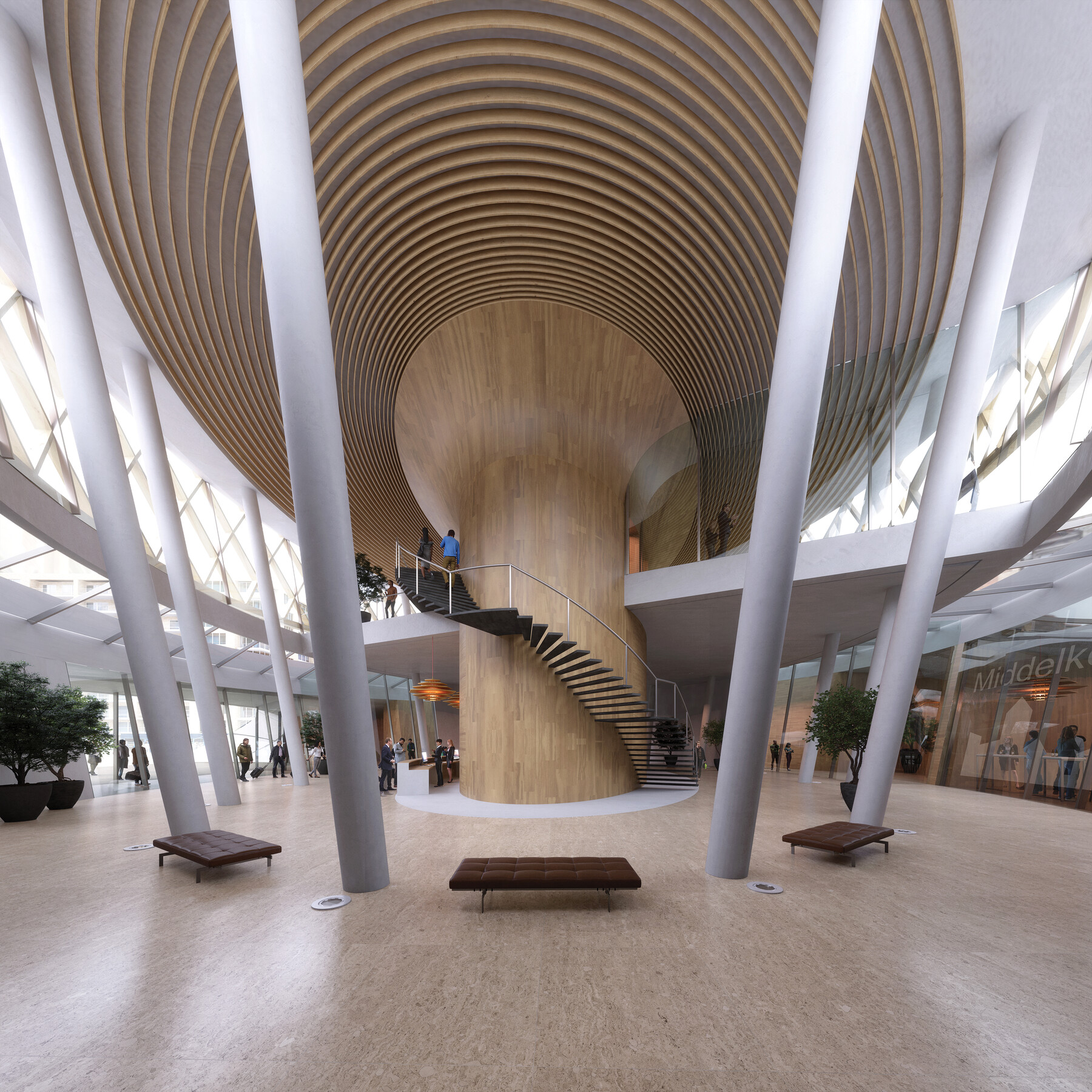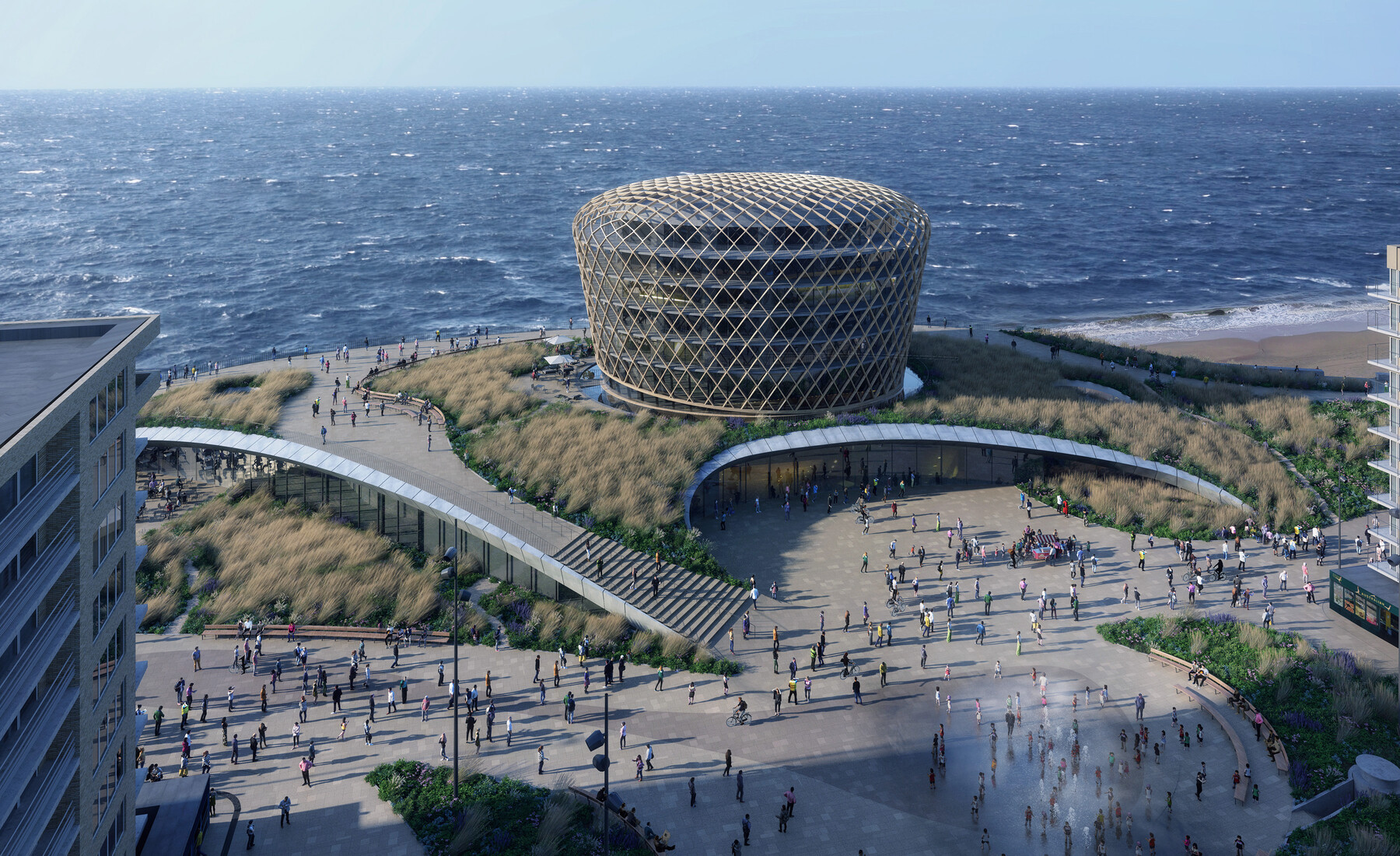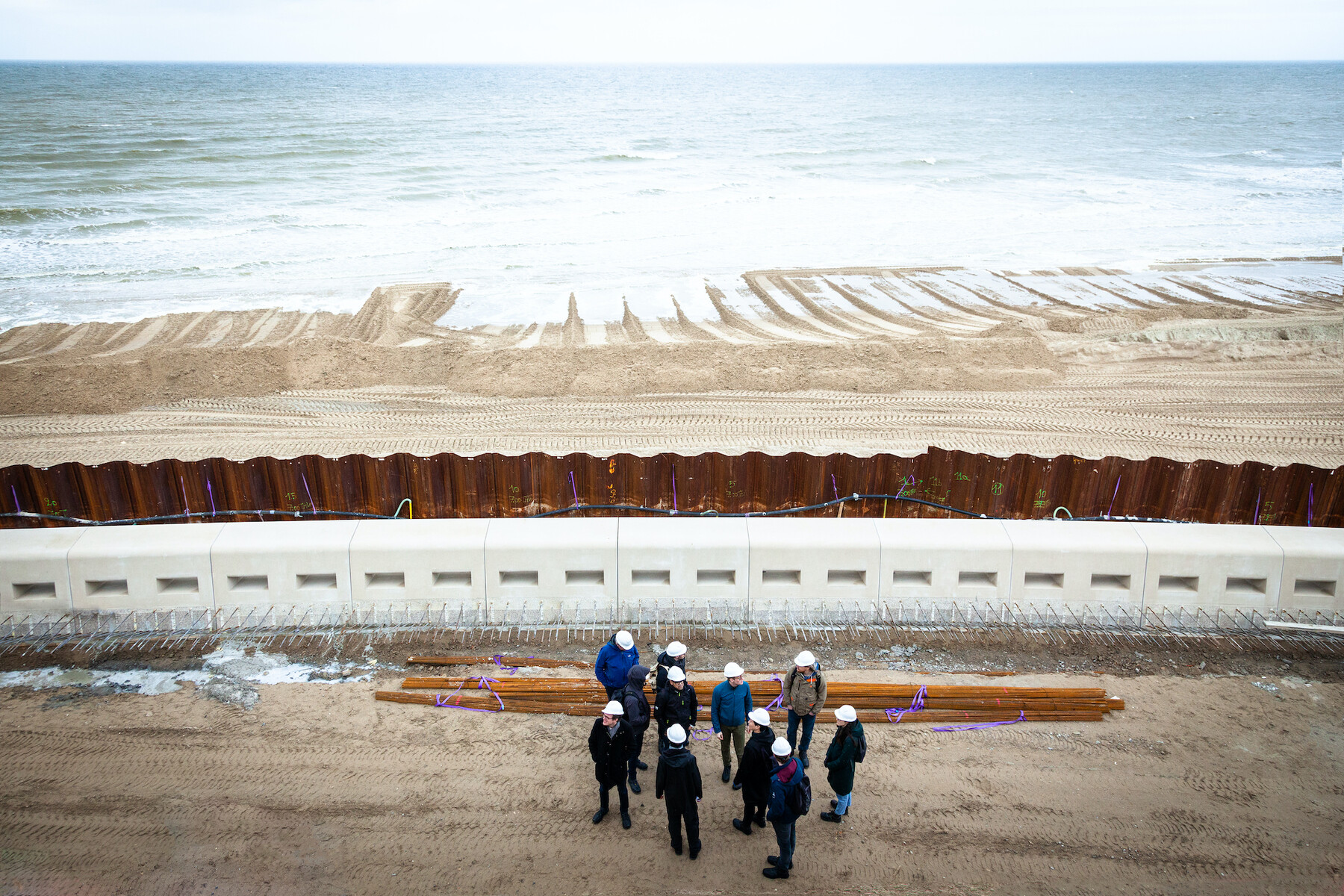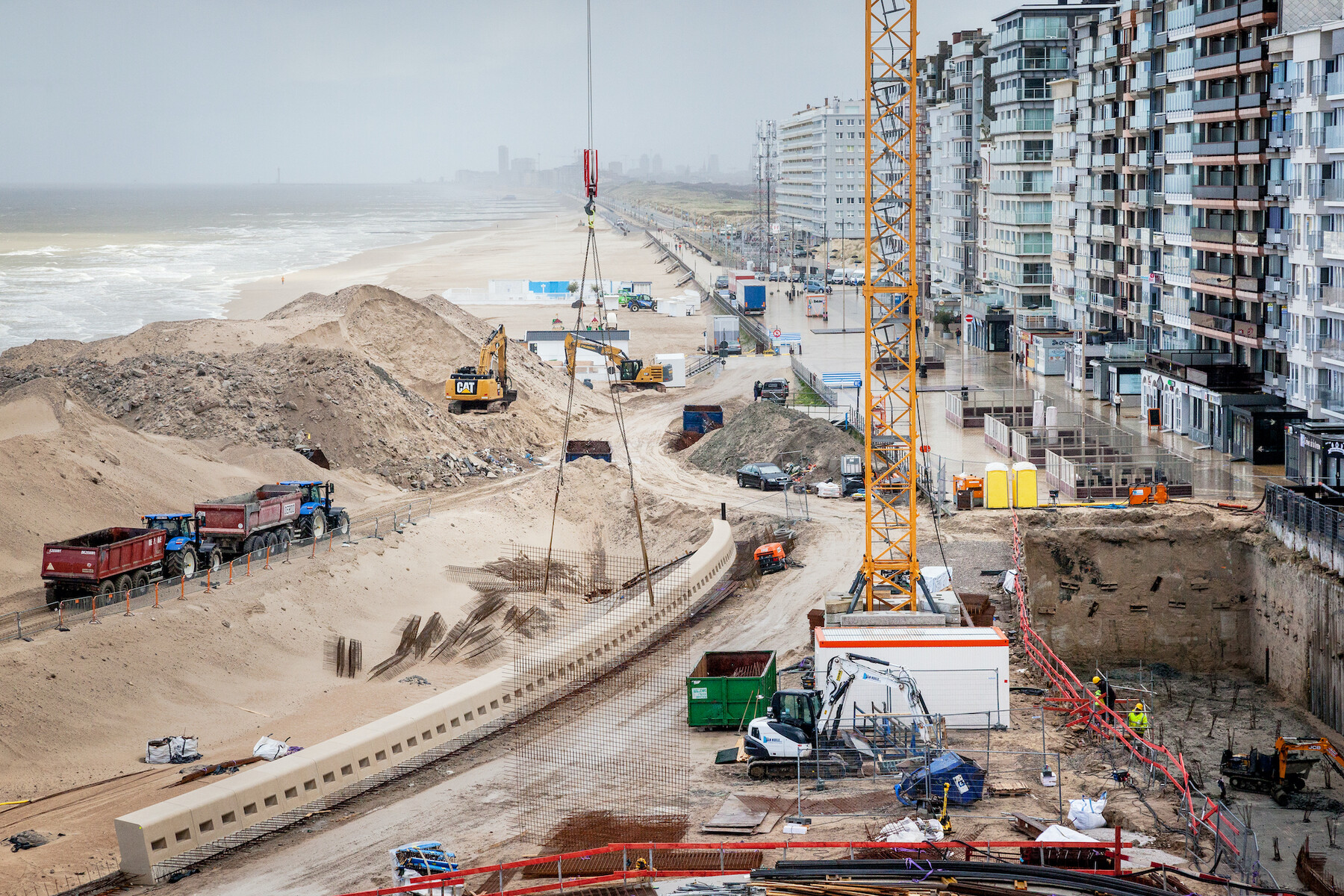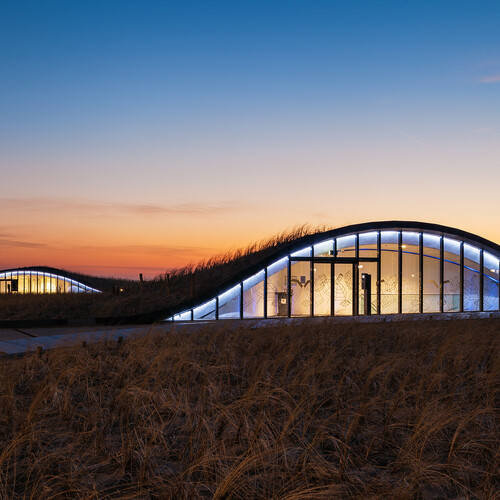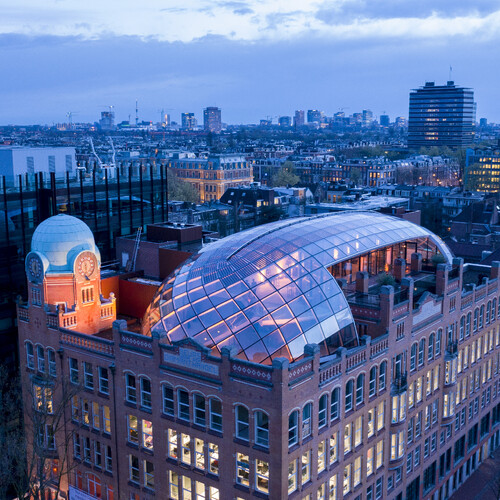The centre of Middelkerke needed a rejuvenating impulse to create conditions for living and visiting the coast that met the contemporary requirements and preferences of residents and tourist alike. This called for a new lay out of the Epernay square, becoming a car free zone thanks to the planned underground parking garage, and seeing its surface doubled in size. This connects it to the centre and allows access by car while still giving most space to pedestrians and cyclists. At least as important as the casino itself was the need for a multipurpose building, that could serve as a social and cultural meeting point for Middelkerke; a new living room for the town, to host conventions, exhibitions and concerts. On top of that, the development of a hotel right on the beach would stimulate tourism.
Take a look at how our design for the Venue Building SILT, Middelkerke
came into being
Design process
